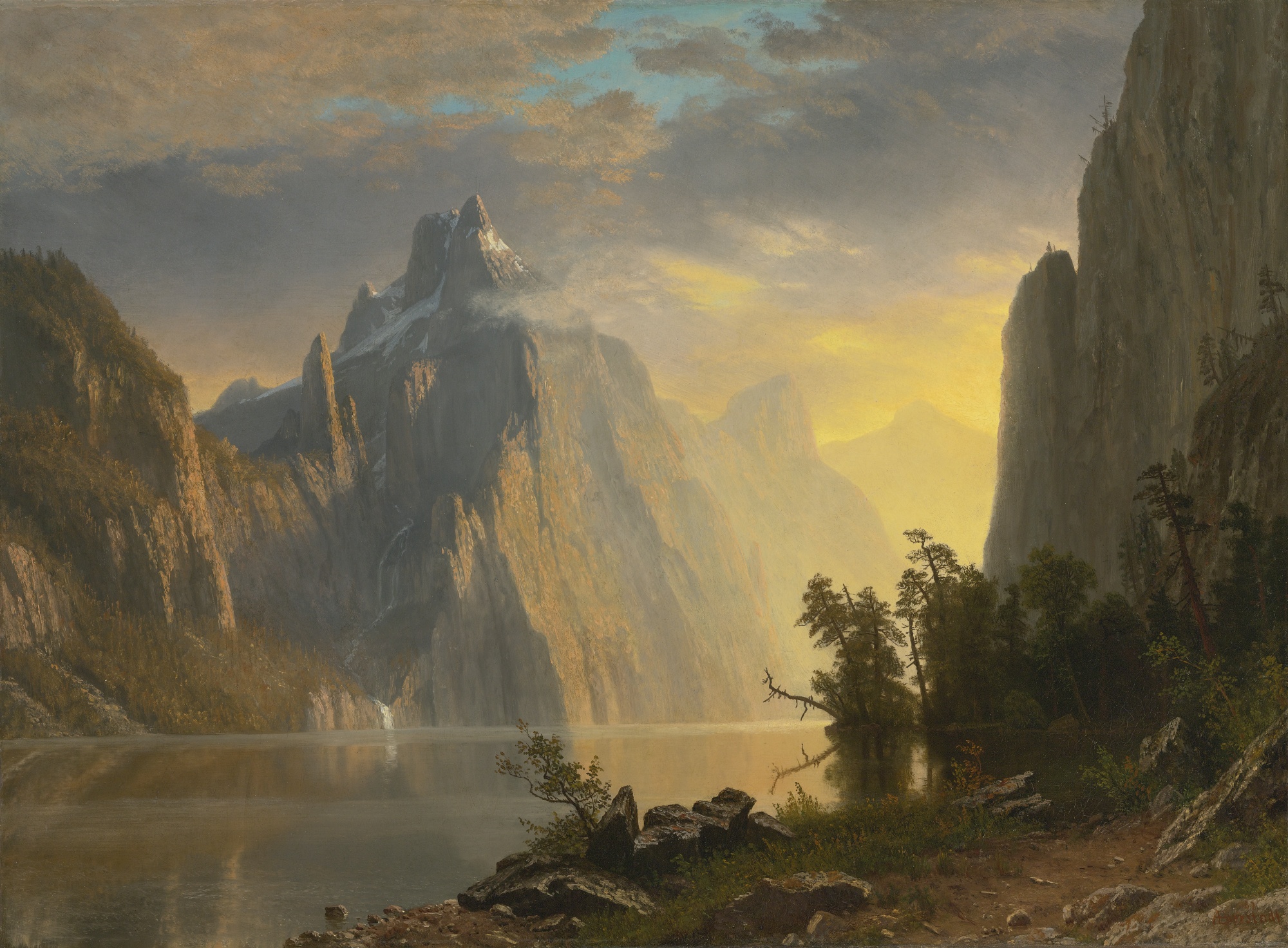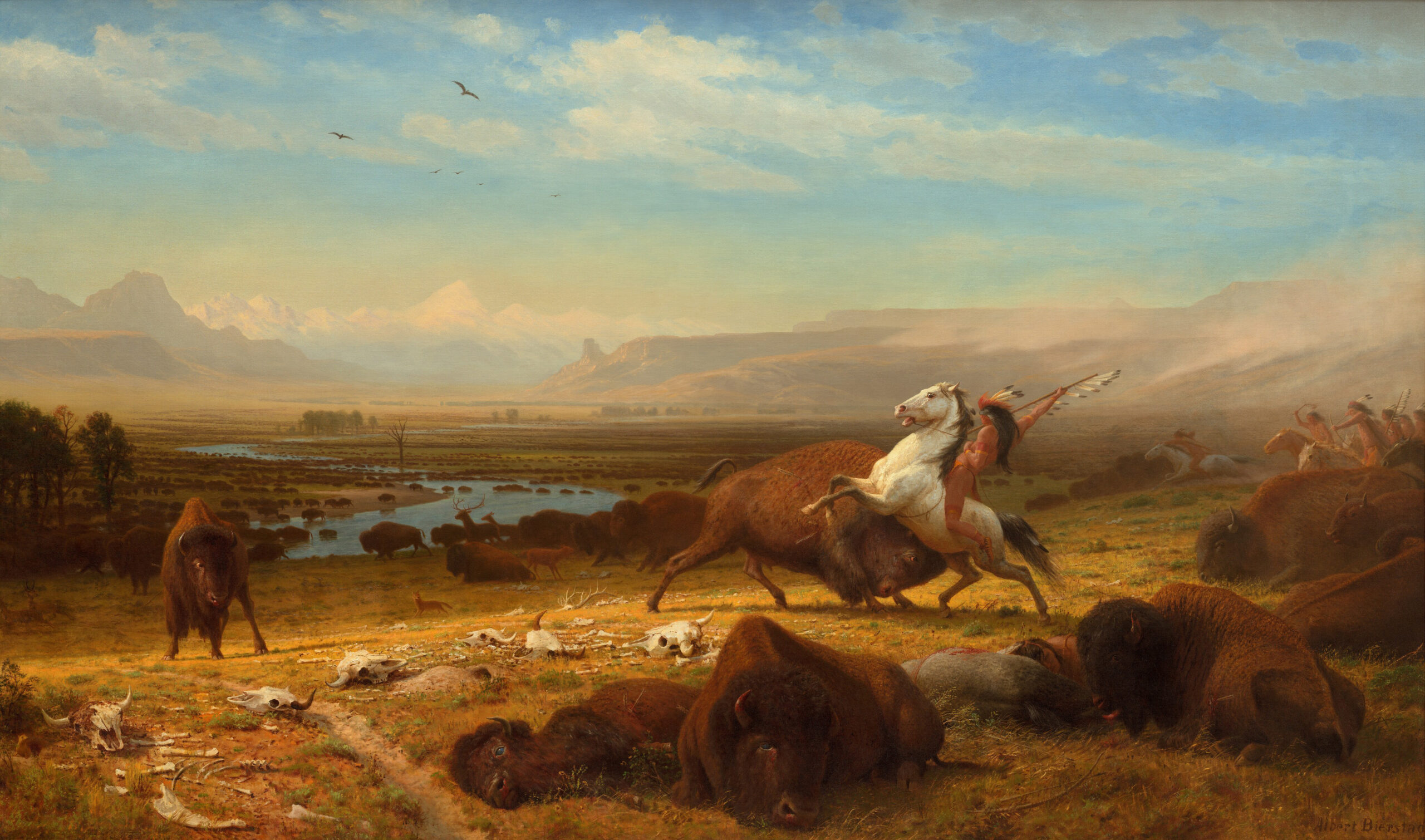Of the four “freedom” paintings by Norman Rockwell, this is my favorite. This painting was inspired by an actual town hall meeting in Rockwell’s home town. The faces in this painting are Rockwell’s friends and neighbors.
Today is the last day of American Artist Appreciation Month, so I am posting more paintings and photographs.

The actress Rosario Dawson posed for a contemporary re-imagining of Norman Rockwell’s “Freedom of Speech.” The work was created in 2018 by the artists Hank Willis Thomas and Emily Shur.
The dynamic, elongated figures depict people dancing in a crowded Black music hall in segregated mid-century North Carolina.
Rockwell is known for happy and humorous slice of American life paintings. But he also cared about social justice and human rights. In 1964 three civil rights workers were shot and killed in Mississippi. Rockwell chose to show that event by catching the moment right before the third civil rights worker was killed. On the ground you can see the shadows of his killers who are standing in front of their car’s headlights in the dead of night.
This painting is based on a real event. 500 hundred slaves were captured in Africa and sailed on a ship to Havana Cuba. In Havana, 53 of them were loaded on a much smaller ship for another 300 mile trip to another part of Cuba. On the way, the ships cook suggested to one of the slaves that they would all be killed and eaten. Afraid for their lives, the slaves decided to mutiny. One of them found a nail and picked the padlocks that held their chains. They found sugar canes knives and attacked the crew, killing all but two of the crew, along with the cook. They ended up in New York state. Abolitionists in the U.S. worked through the court system to try and obtain freedom for the slaves. The case took along time to wind its way up way to the Supreme Court. Former President John Quincy Adams helped craft their legal defense and the Supreme Court set them free. They sailed for home, arriving back in Africa almost three years after they had been taken captive.
Edward Hicks was a Quaker preacher and painter. He created over 60 versions of this painting which is based on a passage in Isaiah 11:6-7.

Charles C. Ebbets or Thomas Kelley or William Leftwich, “Lunch Atop a Skyscraper, New York City”, 1932.
This image was created as a promotion of the new RCA building in New York City. Three photographers were taking pictures. It is not known which photographer created this specific image.
The story behind this image comes from the MoMA site:
“Celebrated American portraitist Richard Avedon aimed to uncover the true personalities of everyone he photographed—including celebrities from a diversity of disciplines. His famous subjects ranged from pianist, composer, and conductor Sergei Rachmaninoff (who Avedon photographed when he was not much older than 10) to President Barack Obama (whose portrait he made in 2004, when he was Illinois State Senator).
“Actress and pop culture icon Marilyn Monroe was also among Avedon’s sitters. Recalling a portrait session with Monroe that took place in his studio in May 1957, he said, “For hours she danced and sang and flirted and did this thing that’s—she did Marilyn Monroe. And then there was the inevitable drop. And when the night was over and the white wine was over and the dancing was over, she sat in the corner like a child, with everything gone. I saw her sitting quietly without expression on her face, and I walked towards her but I wouldn’t photograph her without her knowledge of it. And as I came with the camera, I saw that she was not saying no.” Avedon managed to capture one of the most photographed stars with her public facade down, producing an image that provides a rare glimpse of her inner life.”




















